Customer Story
The City of Columbus, Ohio embraces enterprise-wide change with intelligent HCM

-
80%
decrease in time to issue pay corrections
-
5,000
employee logins through the Dayforce web and mobile app each week
-
<1%
error rate in the first pay cycle with Dayforce
Company
Headquarters
Columbus, Ohio, U.S.
Industry
Product used
On any given day inside the City of Columbus offices, you might hear its tight-knit team of HR and payroll professionals discussing which one of the city's diverse restaurants to visit. Or maybe they'll be debating the latest stats from the "big game" – the city is home to the NHL's Columbus Blue Jackets and The Ohio State University's football team, the Buckeyes.
Columbus is not only the state capital, but a major business hub with a large roster of Fortune 500 companies headquartered in the City.
In contrast to its bustling urban feel, Columbus is also home to one of the country’s oldest parks. Goodale Park was donated to the City in 1851 to give residents a chance to rest and relax in the greenery. Today in the 32-acre park, you’ll find families picnicking near the pond, children playing on the playground, joggers running along the trail, and a game of 3-on-3 basketball happening on one of the courts.
With a population of just over 900,000 people, Columbus is the 14th largest city in the U.S. The City’s elected officials are tasked with managing operations, including the 10,000 people employed by the city. The mayor’s office oversees the central HR department, in addition to all police officers, firefighters, refuse truck drivers, and sewer maintenance operations.

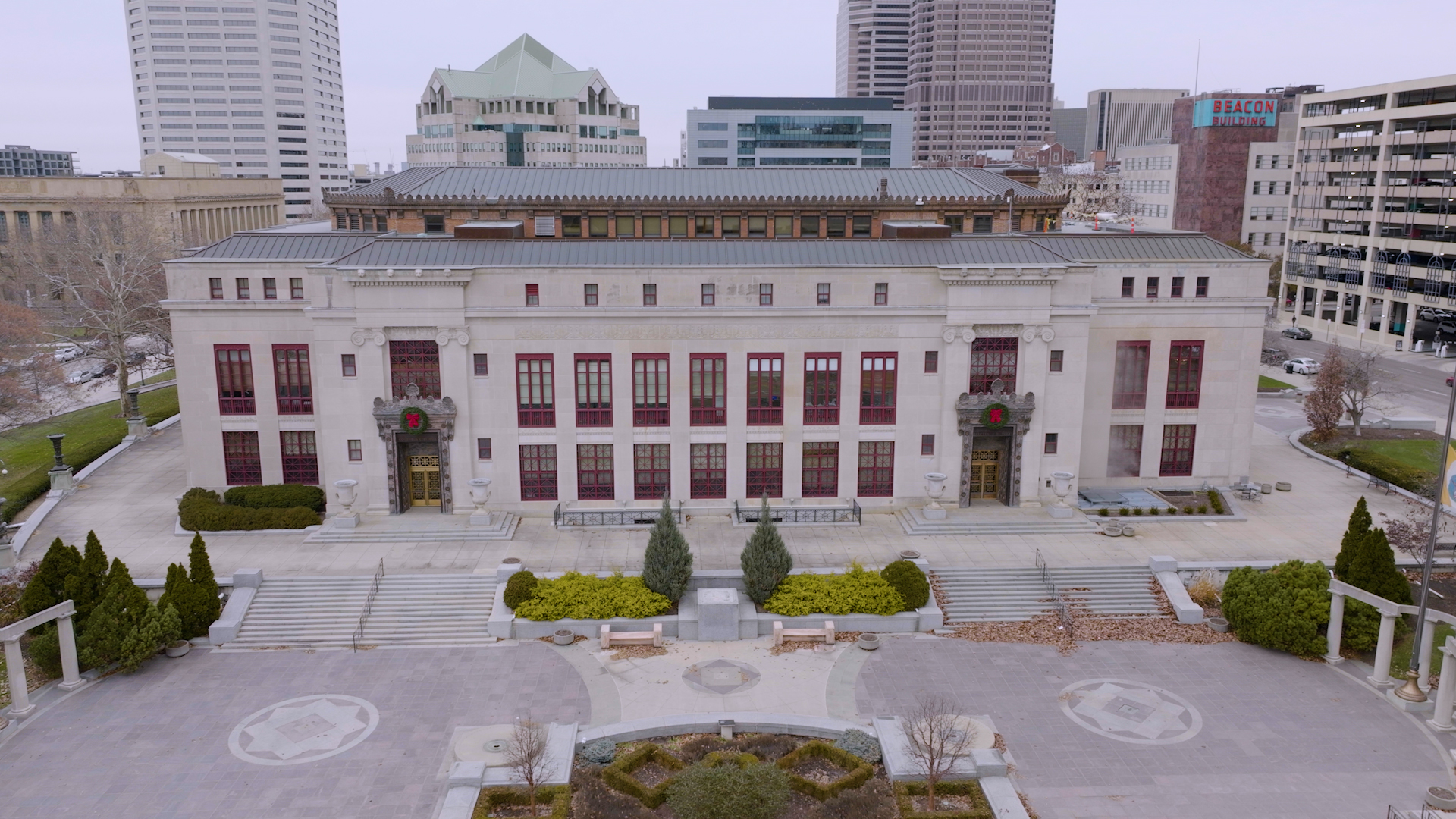
Mitigating operational risk at scale
Managing a growing workforce was complicated by the City’s legacy payroll processing solution and time and attendance systems, which had been in place for 38 years. “Our payroll system was heavily reliant on manual processes and paper reports being generated. It looked like a DOS screen,” says Drema Scott, the Director of Payroll Services. “We also had four different time-keeping systems.”
Sonya Burley, Employee Benefits and Wellness Manager, noted that the benefits administration system was also “archaic.”
When current auditor, Megan Kilgore, took office in January 2018, she learned that the number one operational risk was the City’s antiquated HR and payroll systems. This kick-started the process of looking for a better solution.
“We wanted to consolidate our systems, lessen our dependence on paper, reduce the amount of time that staff spends on tasks, and give people better tools – things that you would expect from an organization whose General Fund collects a billion dollars annually,” says Tom Noorkah, Director of Financial Systems. “We spend over $3.5 billion a year at the City of Columbus, and our payroll is approximately $800 million. For all these employees, we had nothing interactive, no employee self-service, nothing they could update.”
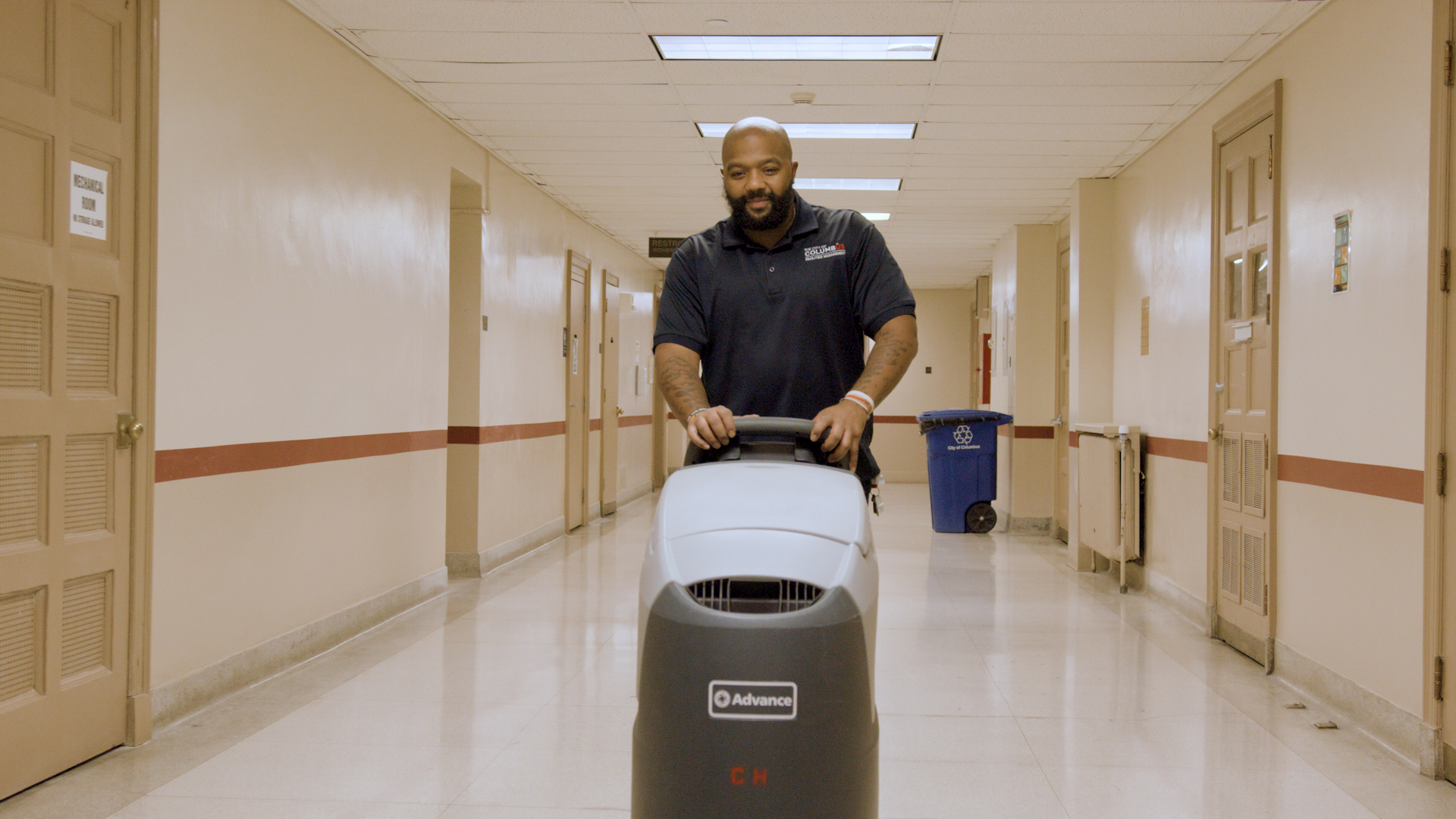
Mastering complexity and transforming through technology
It was clear early on that the City needed an HCM system that could handle its complex operational requirements. “We have about a dozen different bargaining units, so one of the things we looked at when we were assessing Dayforce was understanding how much of that Dayforce could truly handle,” says Noorkah. After completing reference calls with organizations of similar complexity, Noorkah was convinced that Dayforce would meet their needs.
The City began implementing Dayforce for payroll, benefits, and workforce management in September 2019. “This is an enterprise-wide system. This has been adopted across the City. We have one payroll system, one personnel system, one benefits administration system. It's all Dayforce,” says Noorkah. Kilgore adds, “With Dayforce, we are now going to be able to see, for the first time ever, trends at the entire Citywide level.”
Scott says that the most promising aspect of the implementation was refreshing the City’s processes and systems: “Knowing that we have this modernization plan on the horizon excites me.”
The City of Columbus distributed 75 Dayforce time clocks throughout the area, allowing Scott and her team to track time and pay in a single solution, reducing the need for third-party time and attendance systems and providing some consolidation at the City of Columbus.
Burley says that before Dayforce she was completely blind to what was happening in other departments. “Now, with Dayforce, we look at the same information on a day-to-day basis. There is far more collaborative work going on between the HR and payroll offices here at the City,” she says. “We've now got consistency, compliance, and a streamlined process for our members to engage with benefits and wellness administration,” she adds.
Dayforce also streamlined integrations with the City’s other systems to create efficiency across the board. By integrating with the existing learning management system and help desk, employee information now flows through web APIs, as opposed to the previous process of relying on file-based interfaces and data conversions.

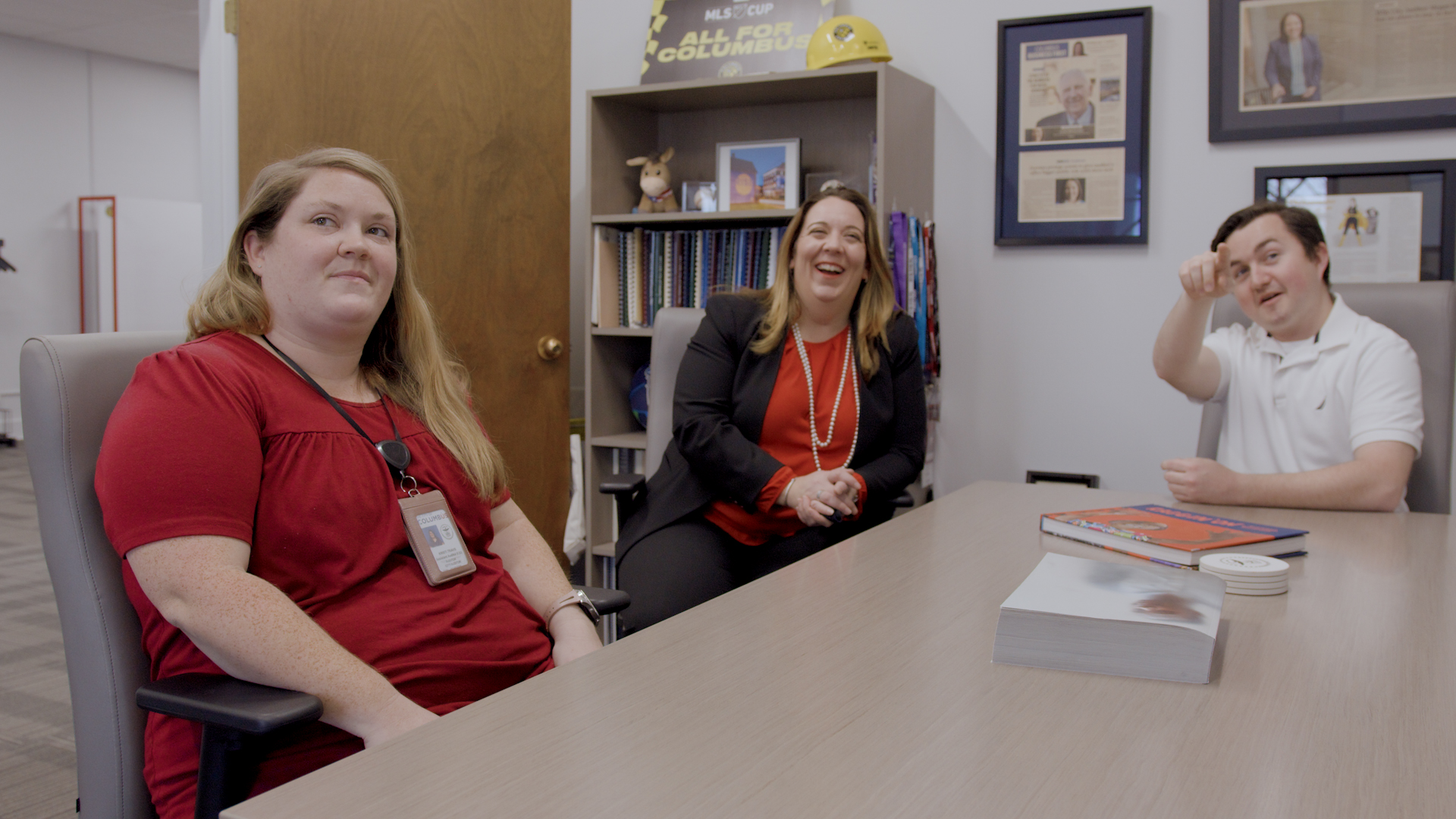
Successful implementation through meaningful partnership
The City tried twice in the past to replace its outdated systems, and ultimately both projects were unsuccessful. “We went back and did a post-mortem of those projects, and looked at where we failed,” says Noorkah. “It was things like project management and leadership, but probably one of the biggest things was over-customization of the product.”
Noorkah took these learnings into consideration when implementing Dayforce to ensure the same mistakes were not repeated. Working closely with Dayforce was vital to the success of this project and was something that Noorkah was laser-focused on.
The City of Columbus originally planned to go live in June 2020. When the COVID-19 pandemic hit in March, however, adjustments were needed. “We had all sorts of contingency plans, but we never planned for a pandemic. We were in the middle of user acceptance testing, and we lost most of our project team because they were being pulled off to deal with COVID-related issues,” says Noorkah. “And so, when we talked to Dayforce, they supplied more resources.”
This degree of partnership has carried through the entirety of the City’s implementation. Dayforce took on the majority of the work to configure Dayforce to meet the team’s specifications and delivered it to be reviewed and adjusted. “That was a significant selling point because the City operates in a very lean fashion. Hardly any of our employees were 100% available for the project. And so, we had to divide and conquer. The fact that Dayforce did a lot of that initial setup for us saved time, energy, and heartburn,” says Noorkah.
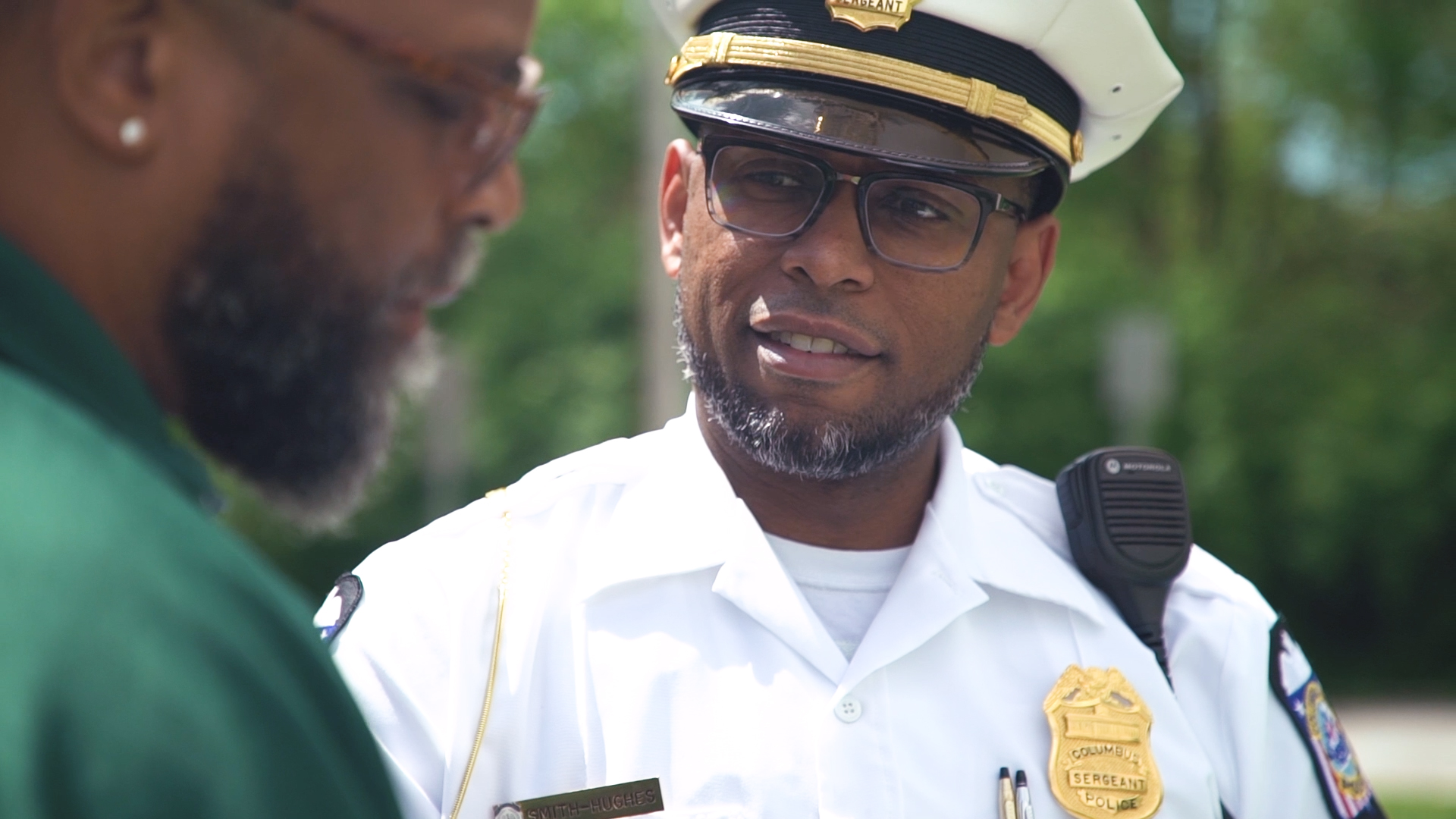
Promoting adoption and efficiency with intelligent HCM technology
When it came time to go live with Dayforce in October 2020, everyone was on board. “I've been with the City for 25 years, and nobody disputed that we needed a new system,” Noorkah says. “We also did a good job of putting out communications showing people some of the things that they would be getting out of this.”
Employees’ eagerness for a new system, combined with the City’s communications, set the stage for impressive employee adoption numbers at launch. “Our first go-live week, over half of our employees logged in because they were curious to see their first paycheck,” says Noorkah. Scott adds that now, more than a year into the City’s use of Dayforce, they are seeing approximately 5,000 employee logins through web and the mobile app each week.
Scott points out that employees were excited to have direct access to their information. “The feedback has been really positive. It's improved employee satisfaction by giving them tools to view their time sheets, communicate with us, and have access on mobile or online,” she says.
Burley adds that streamlining benefits administration into one system has given her time to further educate employees about what’s available to them. “There is a huge amount of gratification when you see the light bulb go off for an employee,” she says.
After completing the implementation, the City of Columbus’ first pay cycle had an error rate of less than 1%. And with the payroll processing solution's built-in flexibility, Scott can quickly make any corrections needed. “In our old system, the threshold for correcting a pay would be if someone was missing 20 hours or more, because it was that difficult to do. And we could only do it once, then we had to wait until the next pay cycle,” says Scott. “With Dayforce, we can just create an off-cycle pay. We’re able to correct things as small as two-hour mistakes that somebody didn't put on the timesheet correctly.”
This ability to produce off-cycle pay has allowed the City to reduce the time it takes to get pay corrections to employees from two weeks to two days.
In addition, having all the City’s pay and time information in a single system has reduced the time it takes to process payroll by two to three days per pay period.
Scott and team also have more time to conduct payroll audits, review reports, and analyze data to make more strategic decisions. “It’s helped us be a lot more proactive versus reactive,” she says.

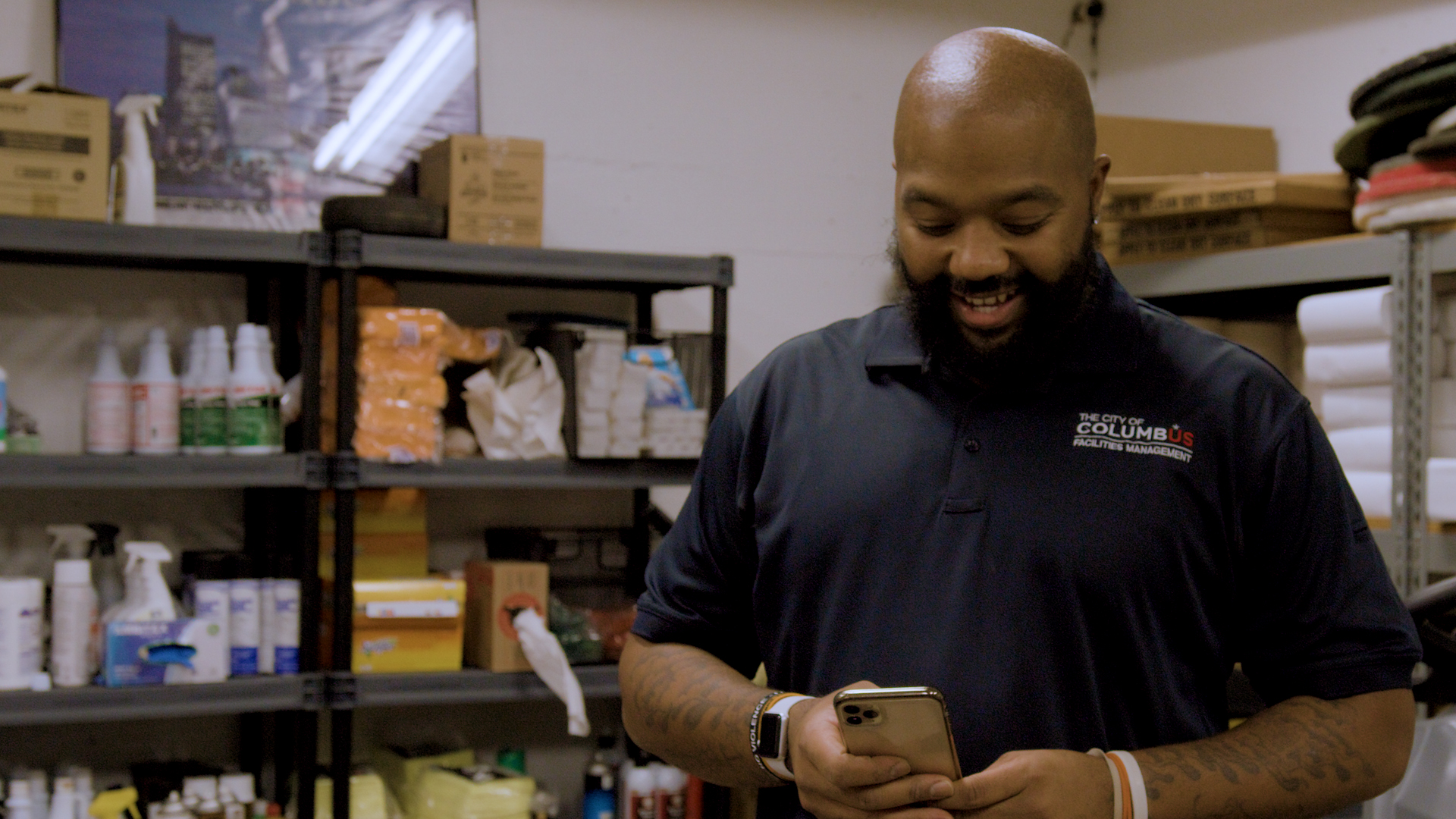
Serving the public by continuing to innovate
The City of Columbus is dedicated to serving citizens and fostering community growth and development.
“When you think of government, you sometimes think of all these dated systems and big filing cabinets. Bringing our workforce into the 21st century was not a choice, but a necessity,” says Scott.
In working towards accomplishing these goals, Noorkah, Scott, and Burley agree that Auditor Kilgore took a step in the right direction by replacing the City’s legacy system with Dayforce.
“The goal of this office is modernization and innovation to achieve better internal controls, and better operational and economic efficiencies for the City,” says Kilgore. “Every single one of my strategic plans for this office involves the idea of being more operationally efficient so that we can leverage the power of that dollar saved to do more in the community. Those initiatives are being funded because we're being a lot smarter with how we work, and Dayforce is a huge part of that.”
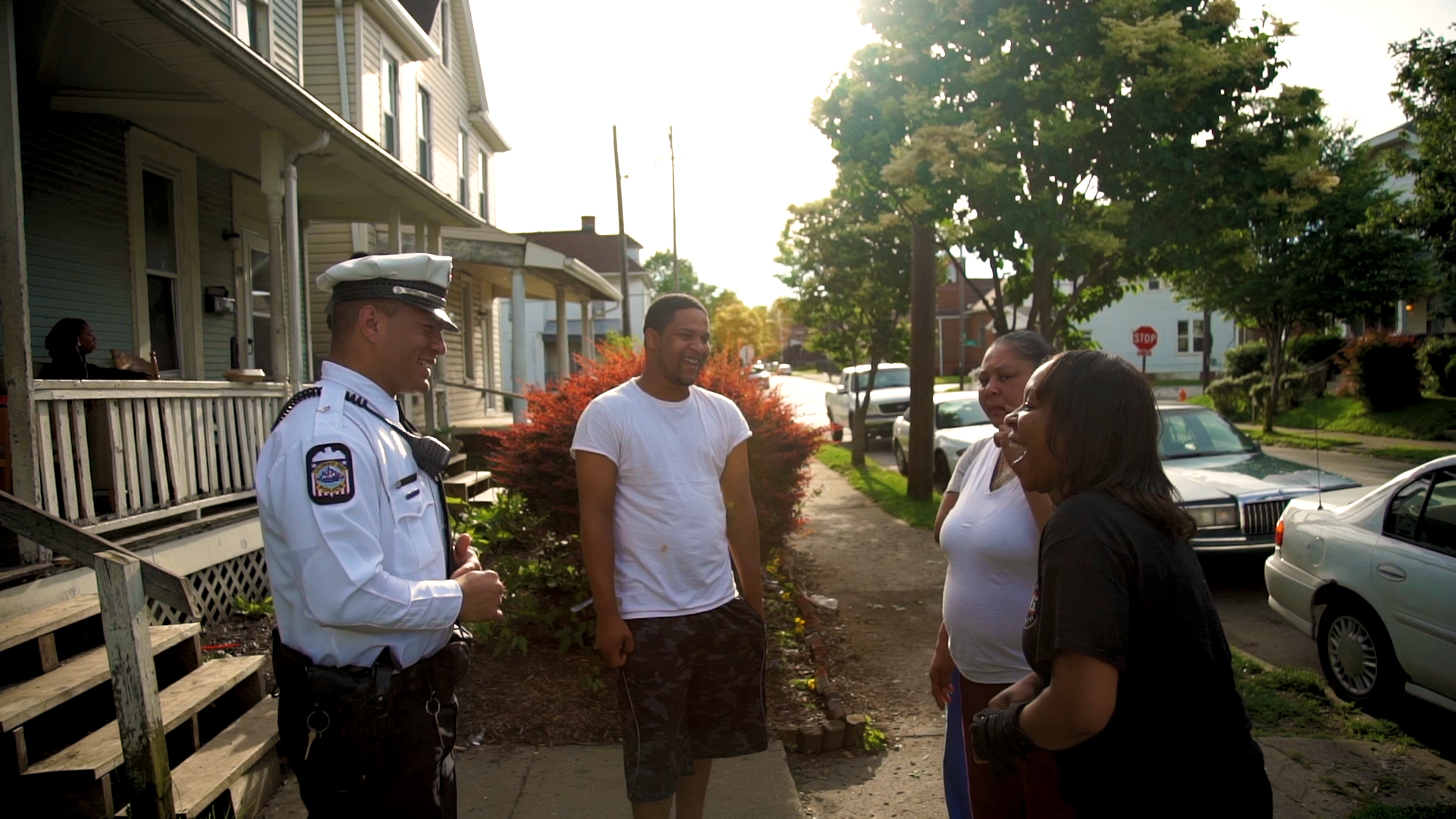
Related Customer Stories
Ready to get started?
